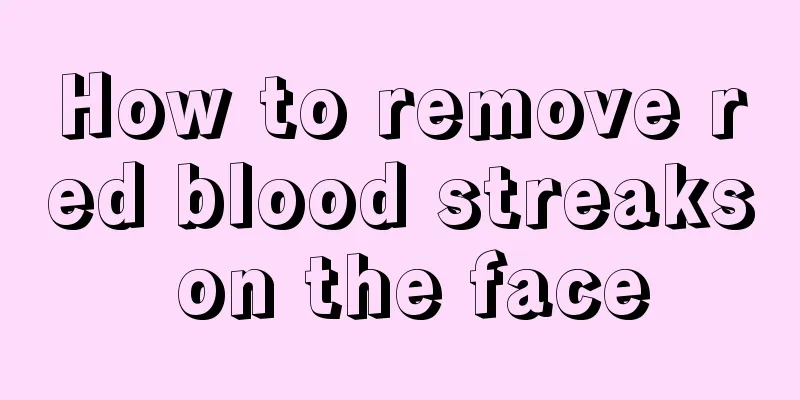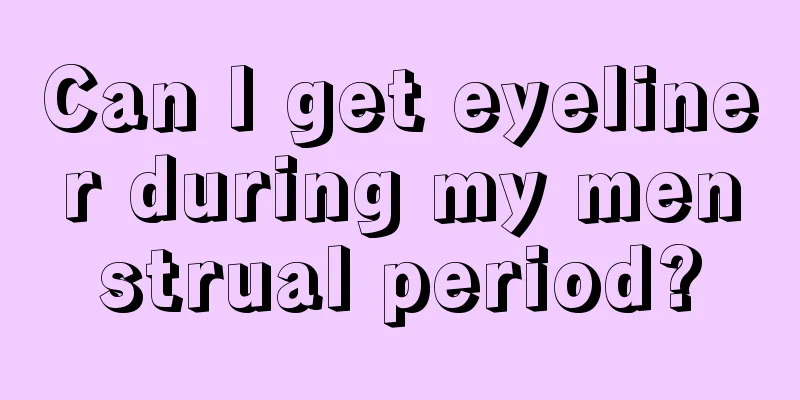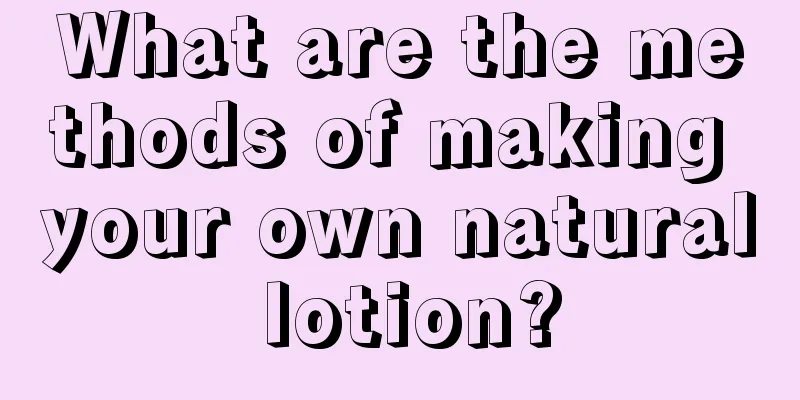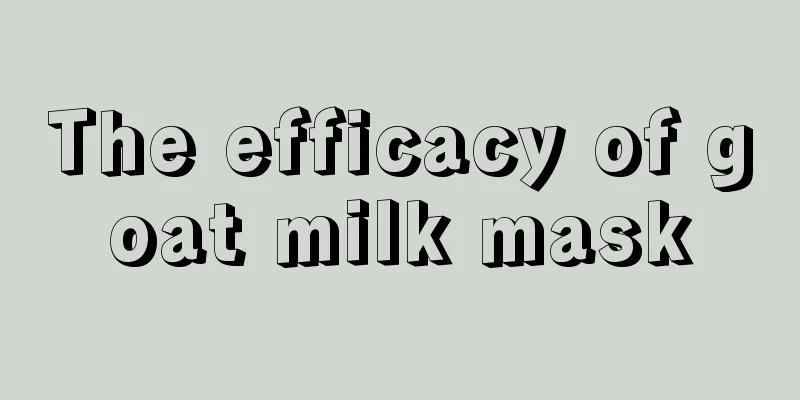Chiropractic
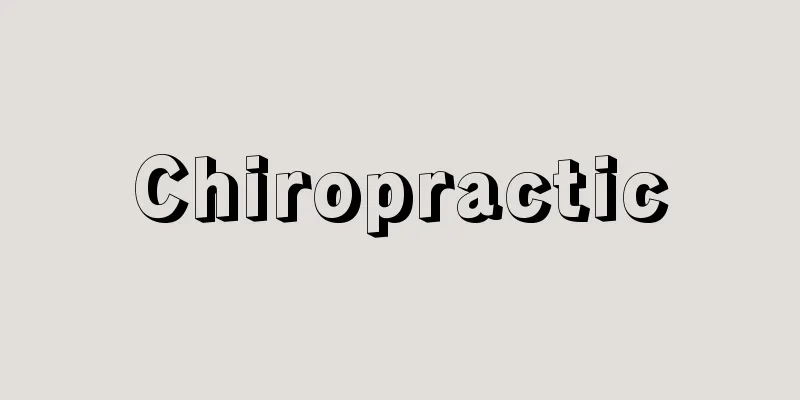
|
Chiropractic therapy is a treatment method that adjusts one's own spine. Its specific operating methods include touch and pressure inspection and reduction techniques. Different techniques have different advantages and different applicable occasions. However, chiropractic care is not for everyone. Below, we will introduce in detail the operation methods, indications and contraindications of the "Bao Mei Collection" therapy! 1. Operation method Touch check method 1. The surgeon uses the radial side of the thumbs of both hands (or only one thumb is acceptable) to spread out in an "eight" shape, and palpate along the longitudinal axis of the patient's spine from top to bottom and left to right to understand whether the paravertebral muscles (supraspinous ligaments) have thickening, contracture, blunt thickening, cord-like detachment, and other pathological conditions. 2. Use your thumb to touch the patient's spinous process and observe whether it is deviated. Under normal circumstances, the line connecting the lateral edges of the spinous processes should be parallel to the center line of the spine, and the line connecting the upper and lower angles of each vertebral spinous process and the line connecting the upper and lower angle tips of each spinous process should overlap with the center line of the spine. When the spinous process is deviated, the line connecting the upper and lower angles of the spinous process of the affected vertebra deviates from the center line of the spine, the upper and lower angle tips of the spinous process of the affected vertebra and the line connecting the angle tips of its upper and lower spinous processes form an intersecting oblique line with the center line, and the lateral edges of the spinous process are angled outward; there is obvious tenderness beside the spinous process of the affected vertebra. During the palpation process, one hand can touch the spine while the other hand supports the body, allowing the patient to bend forward and backward, and rotate left and right, for repeated comparison. Restoration Technique The operator uses the thumb of the left (right) hand to press the deviated spinous process of the affected vertebra, and pushes it toward the opposite side to straighten the deviated spinous process; the right (left) hand supports the patient's body, gradually flexing the spine, and rotating it clockwise or counterclockwise while bending toward the side where the spinous process is deviated. Use both hands to coordinate movements. First, press and push the spinous process of the affected vertebra with one hand. Then, push and press hard during the last few degrees of rotation. When the deviated spinous process is restored, you can feel a bouncing sensation with your fingers. In addition, before and after the reduction technique is performed, techniques such as muscle separation, massaging, etc. should be used to relax the muscles and promote blood circulation according to the injury and pathological conditions of the muscles of the affected vertebra. 2. Indications This therapy has a good effect on traumatic spinal diseases, such as cervical spondylosis, lumbar disc herniation, and certain traumatic paraplegia. Some patients can even see immediate results. In addition, certain therapeutic effects can be achieved during the restoration process for diseases such as hypertension, arrhythmia, post-traumatic brain syndrome, decreased vision or blindness, and deafness caused by spinal diseases. For patients with cervical spondylosis, post-traumatic dizziness, post-traumatic brain syndrome, deafness, shoulder and arm pain, carbuncle and numbness, etc., with symptoms mainly in the head, face, neck and arms, the cervical vertebrae should be examined and the location of the diseased vertebra should be determined, and the corresponding reduction techniques should be applied. For patients with arrhythmia, epigastric pain, intercostal neuralgia, diarrhea and other symptoms mainly in the chest and abdomen, the thoracic vertebrae should be examined and the location of the diseased vertebra should be determined, and appropriate techniques should be applied. For patients with low back pain, pain and numbness in the lower limbs, and bowel and urination problems, the examination and reduction techniques should focus on the lumbar spine. 3. Contraindications The elderly and infirm, pregnant women, menstruating women, patients with acute infectious diseases or serious organic diseases such as heart, lung, liver and kidney, tumors and bone tuberculosis, etc., should use this therapy with caution even if the operator is extremely skilled. |
<<: Milk whitening method within three days
Recommend
What are the quick ways to get rid of acne?
Small pimples on the face make us feel very painf...
Skin care methods
What are the steps of skin care? Skin care requir...
Can ginger slices remove acne scars?
Acne scars on the face are very annoying, not onl...
7 quick ways to hide pores and reshape smooth and delicate skin
Many girls lose confidence in their faces because...
Facial wrinkle removal injection
Wrinkles are traces left on our faces. As we age,...
How to fix thick lips
A person's facial features are innate, but wi...
Causes of oil particles on forehead
The forehead secretes a relatively large amount o...
How to do eye essential oil massage?
Nowadays, everyone is very busy at work. Many peo...
What are the benefits of washing your face with cold water?
Today's social environment is becoming increa...
What are the hazards of rolling needle beauty
After completing some beauty projects, everyone n...
Will poor sleep cause spots on the face?
Having spots on the face is not good for your ima...
Can buried suture double eyelids be repaired?
Buried suture double eyelids can generally be rep...
How to use cleansing cream
Cleansing cream is a nutrient used to cleanse fac...
How long does thread rhinoplasty last?
Thread rhinoplasty is a relatively common cosmeti...
What are some tips for using white vinegar to remove freckles?
White vinegar is a condiment that is often used i...


